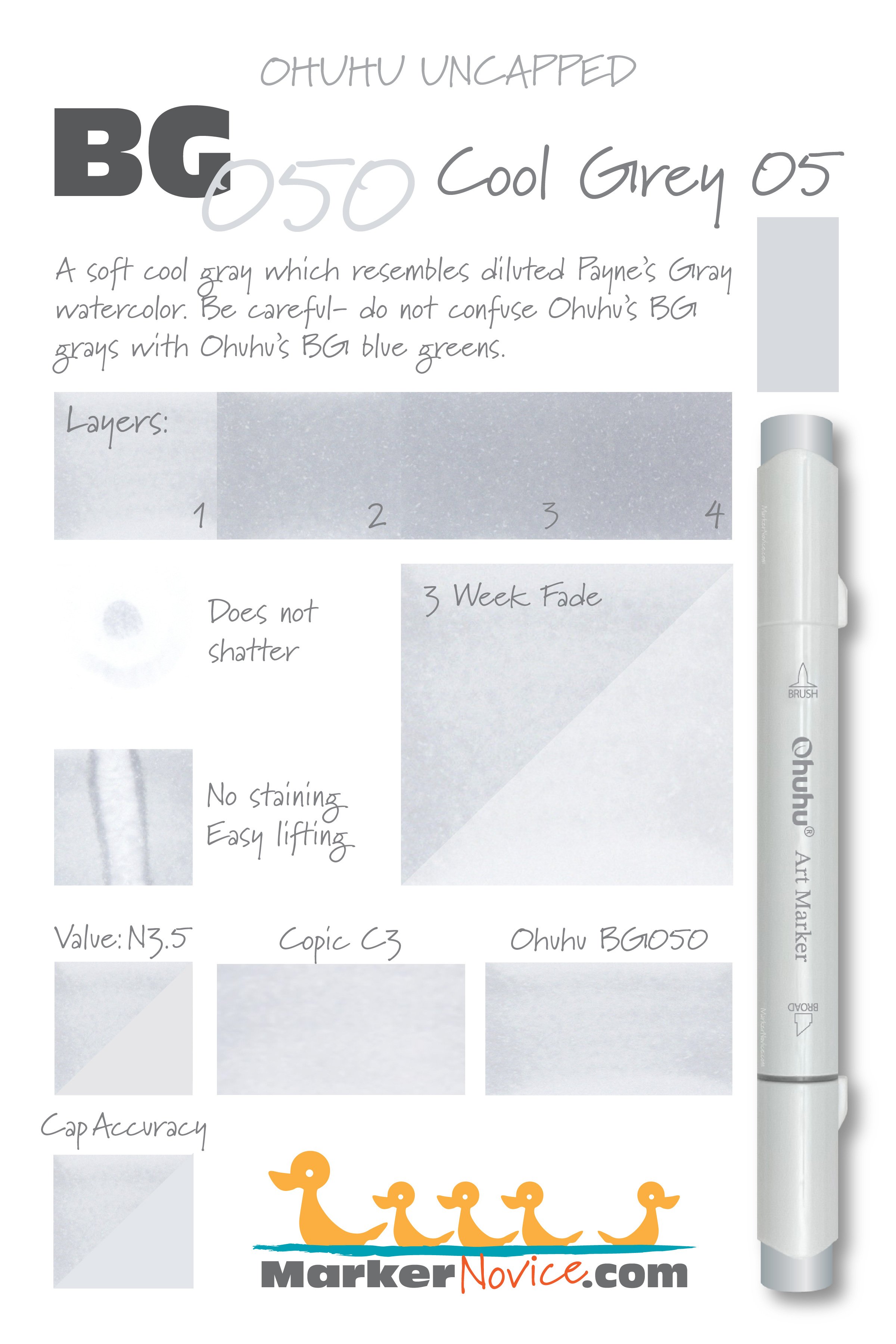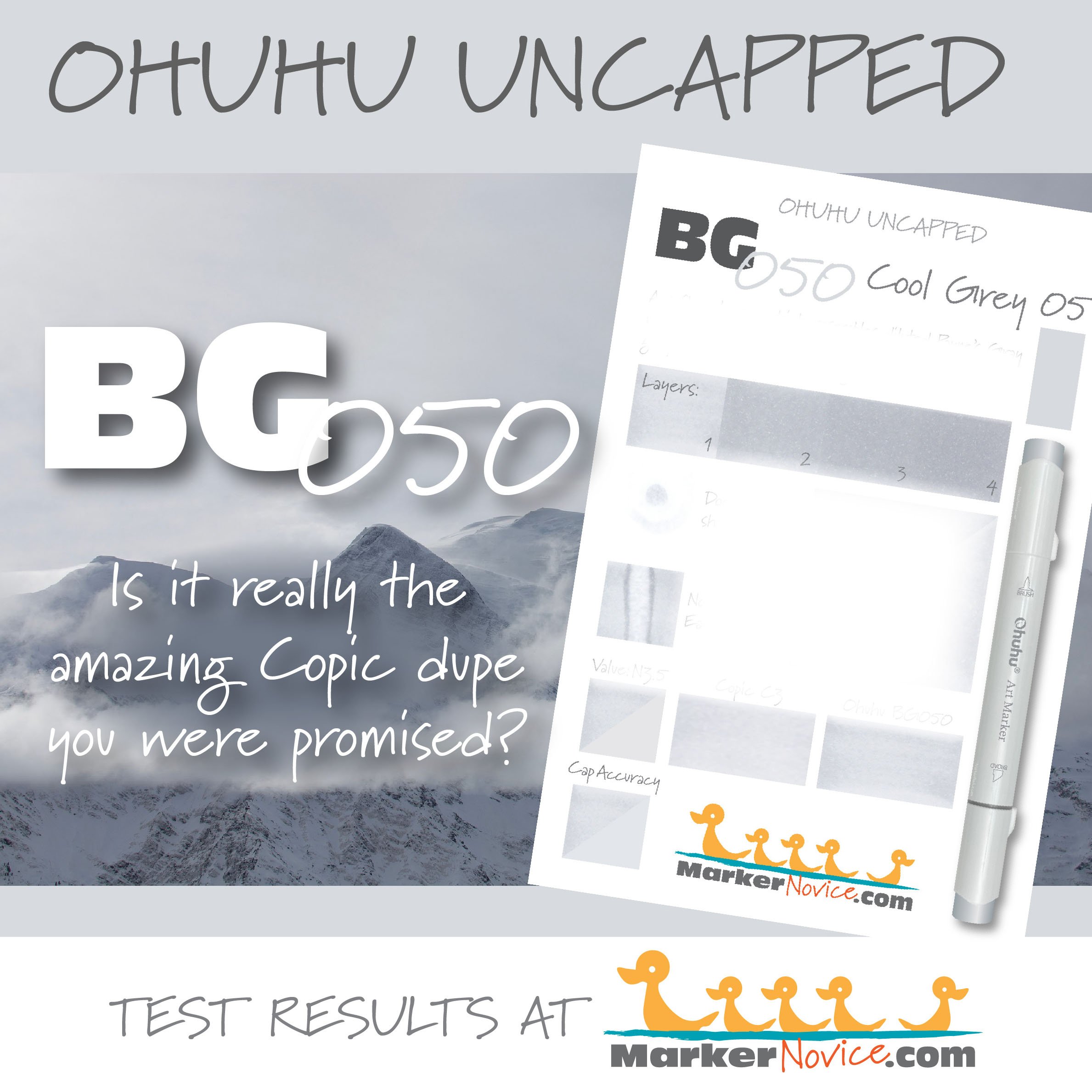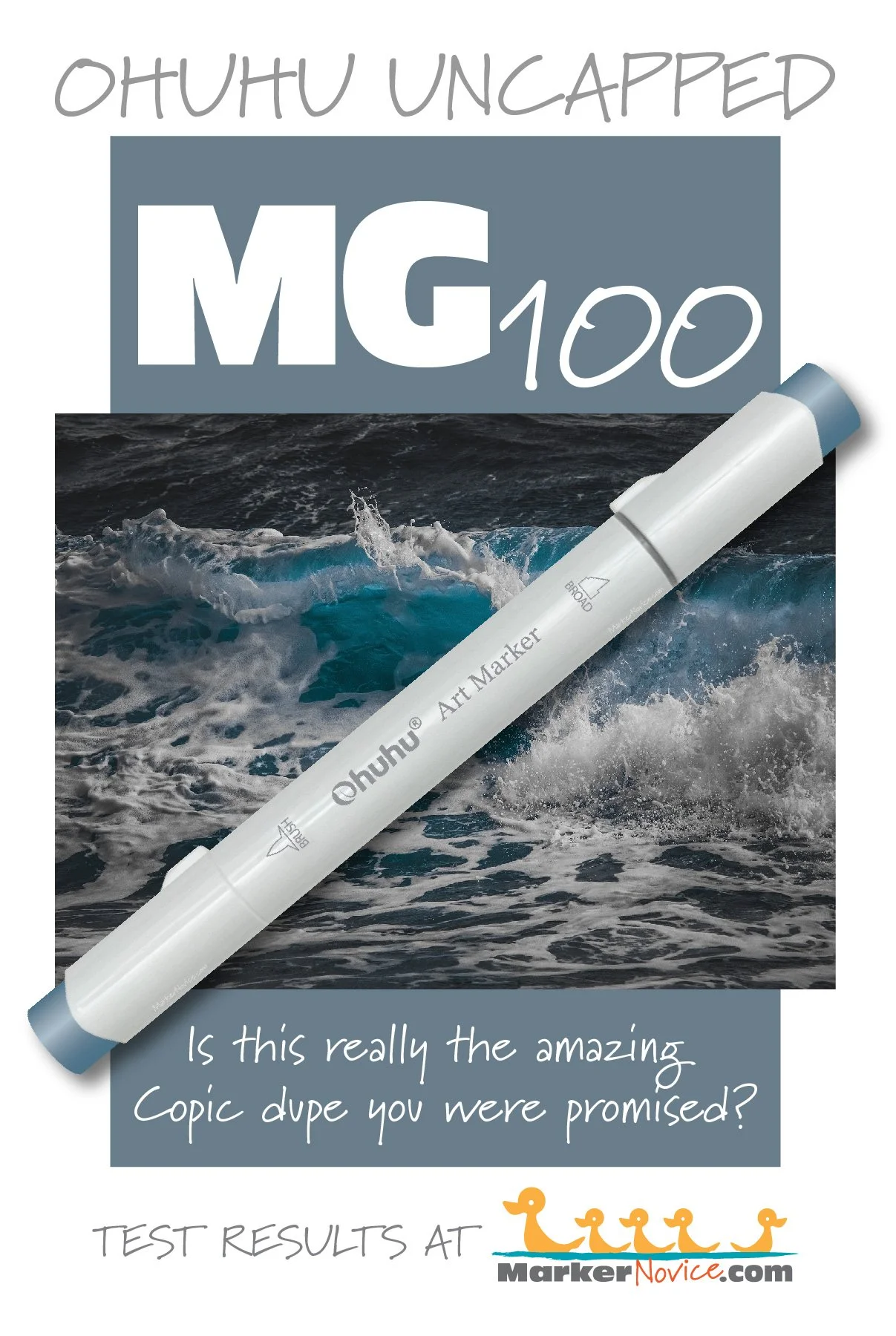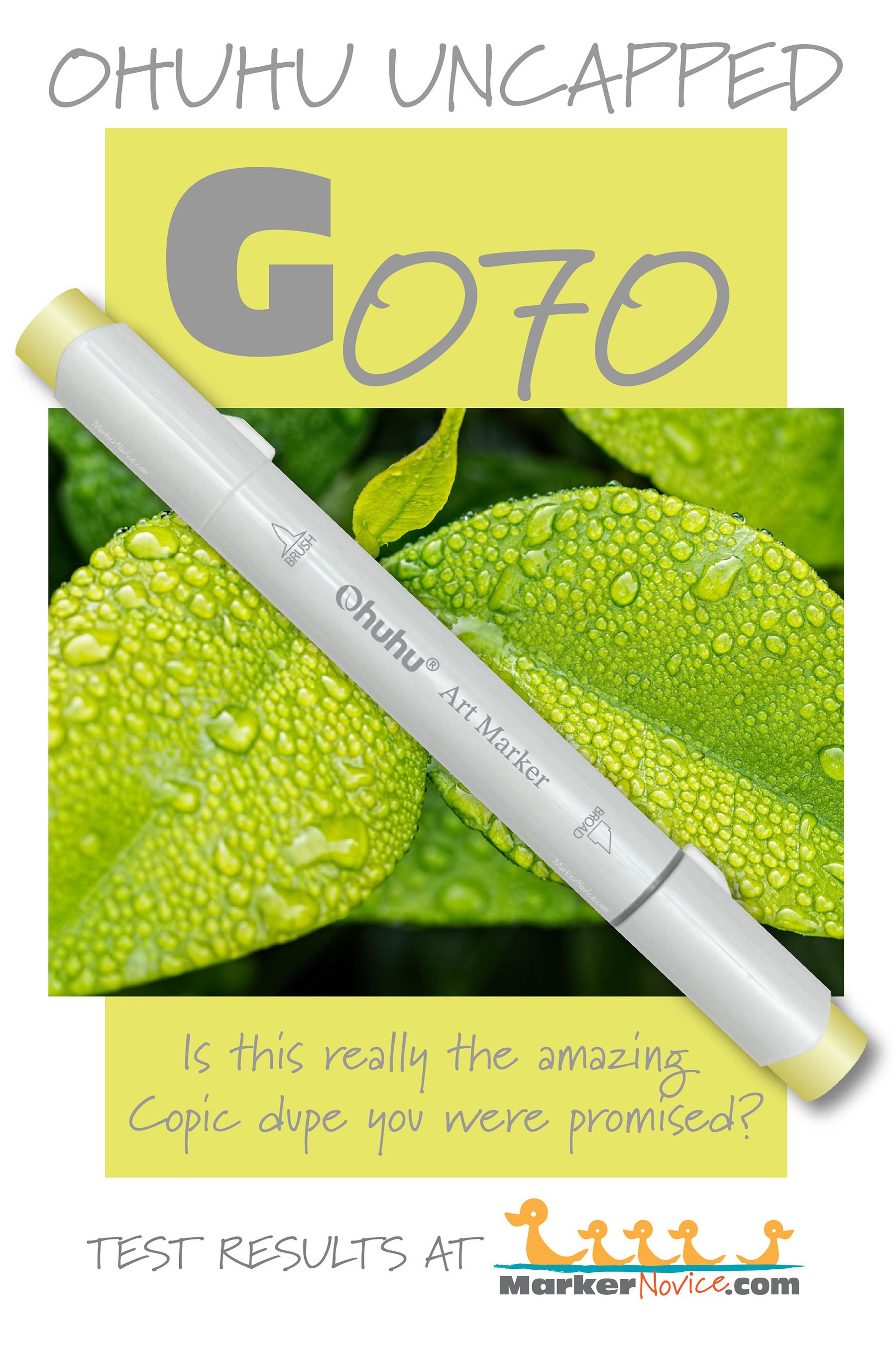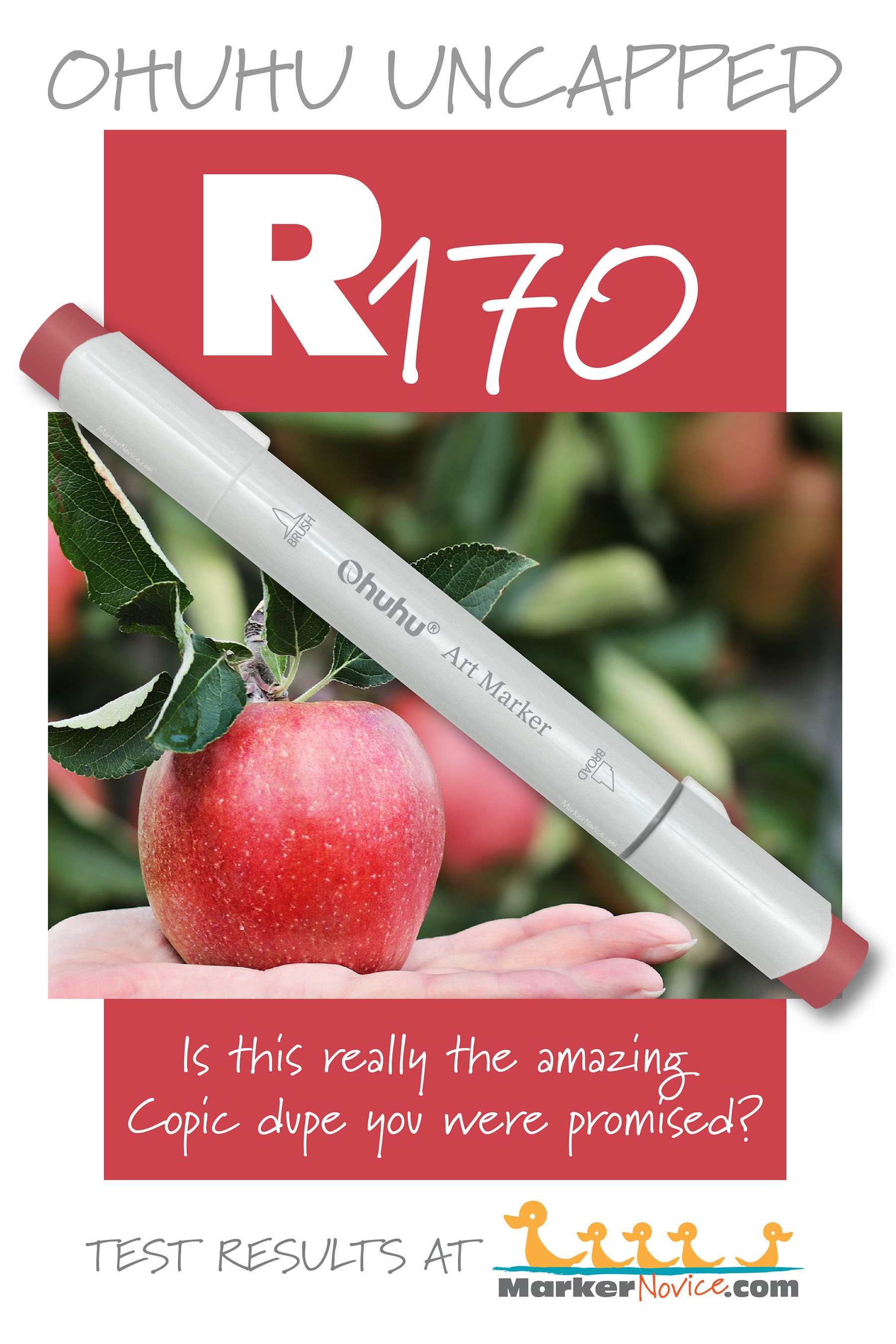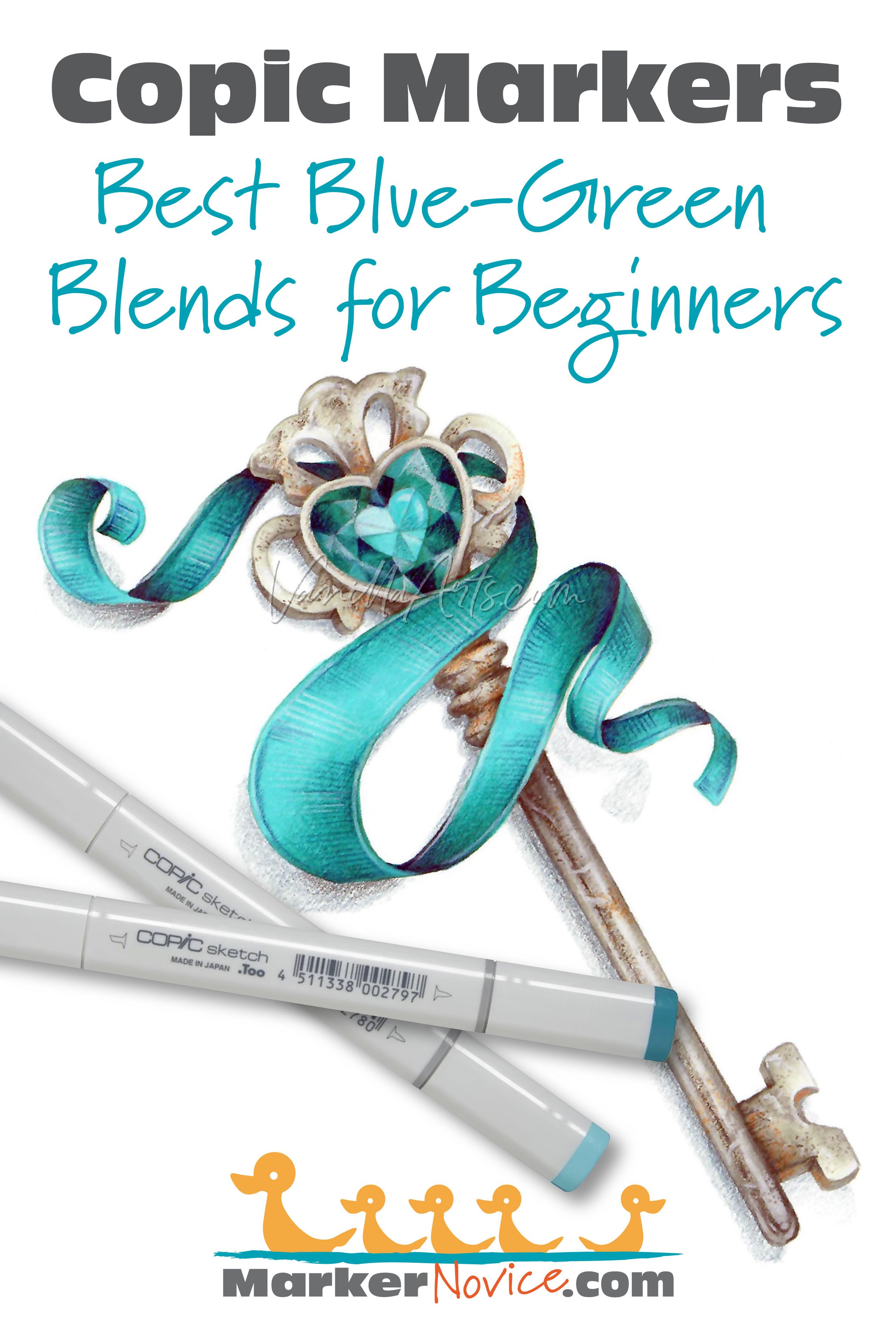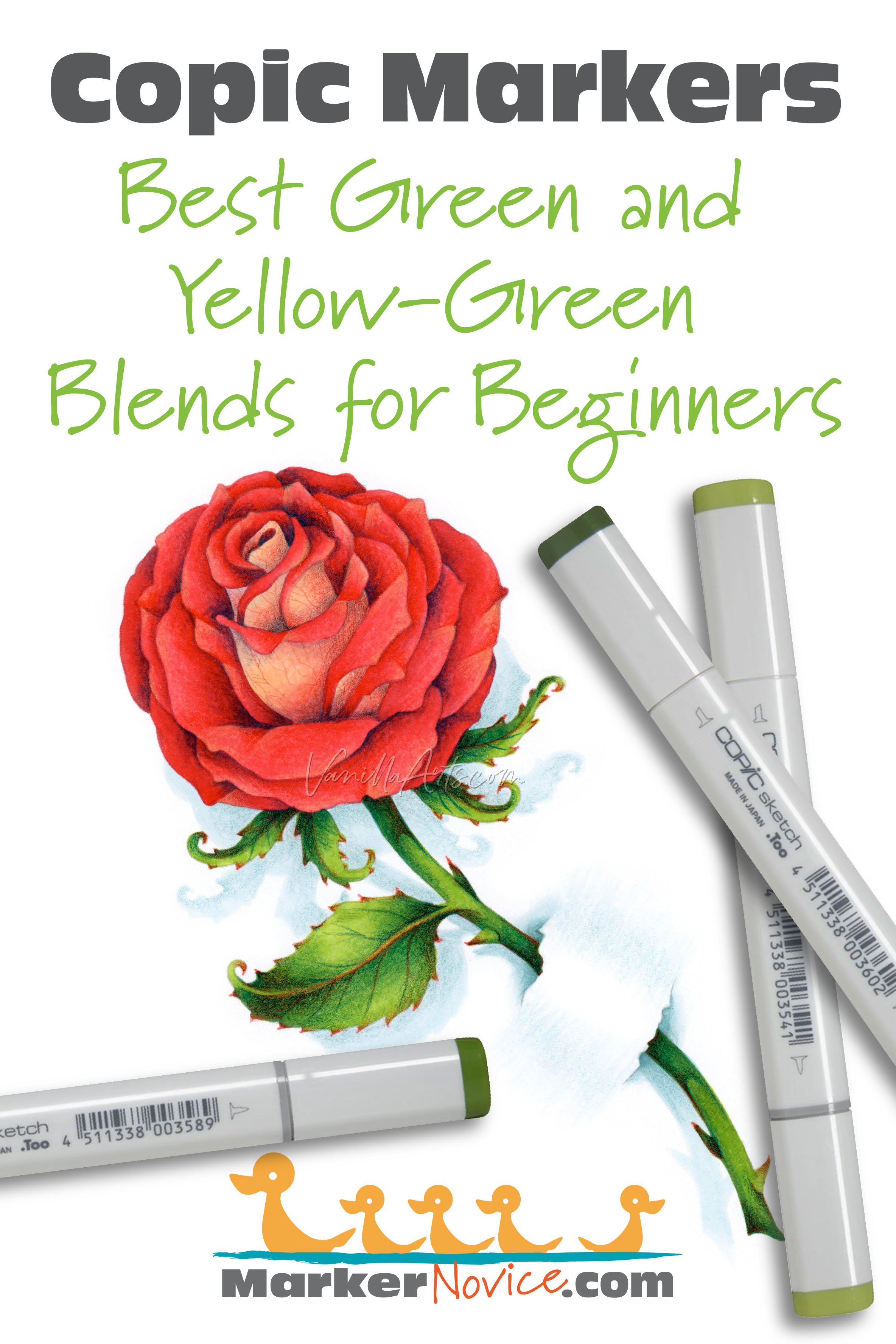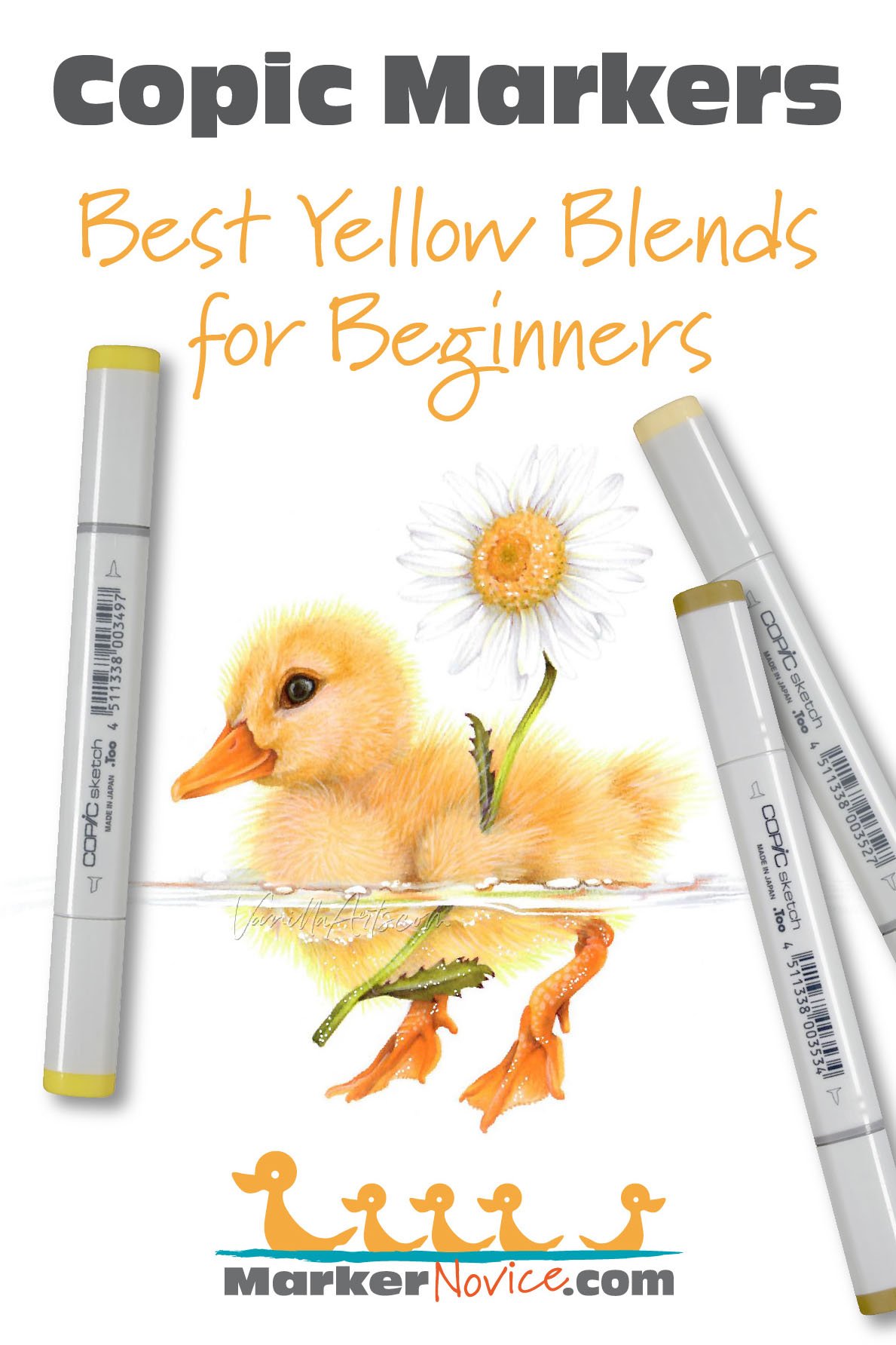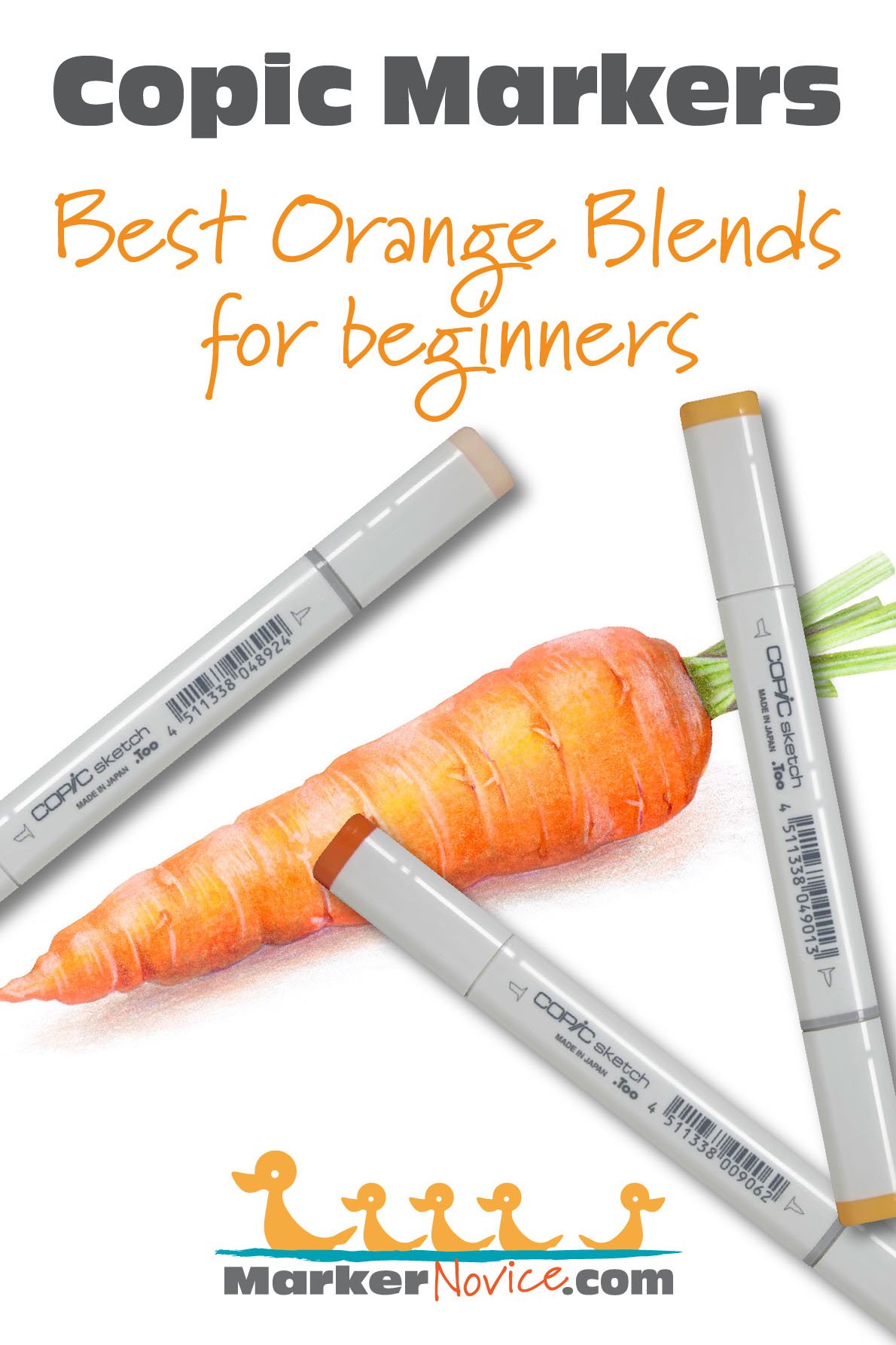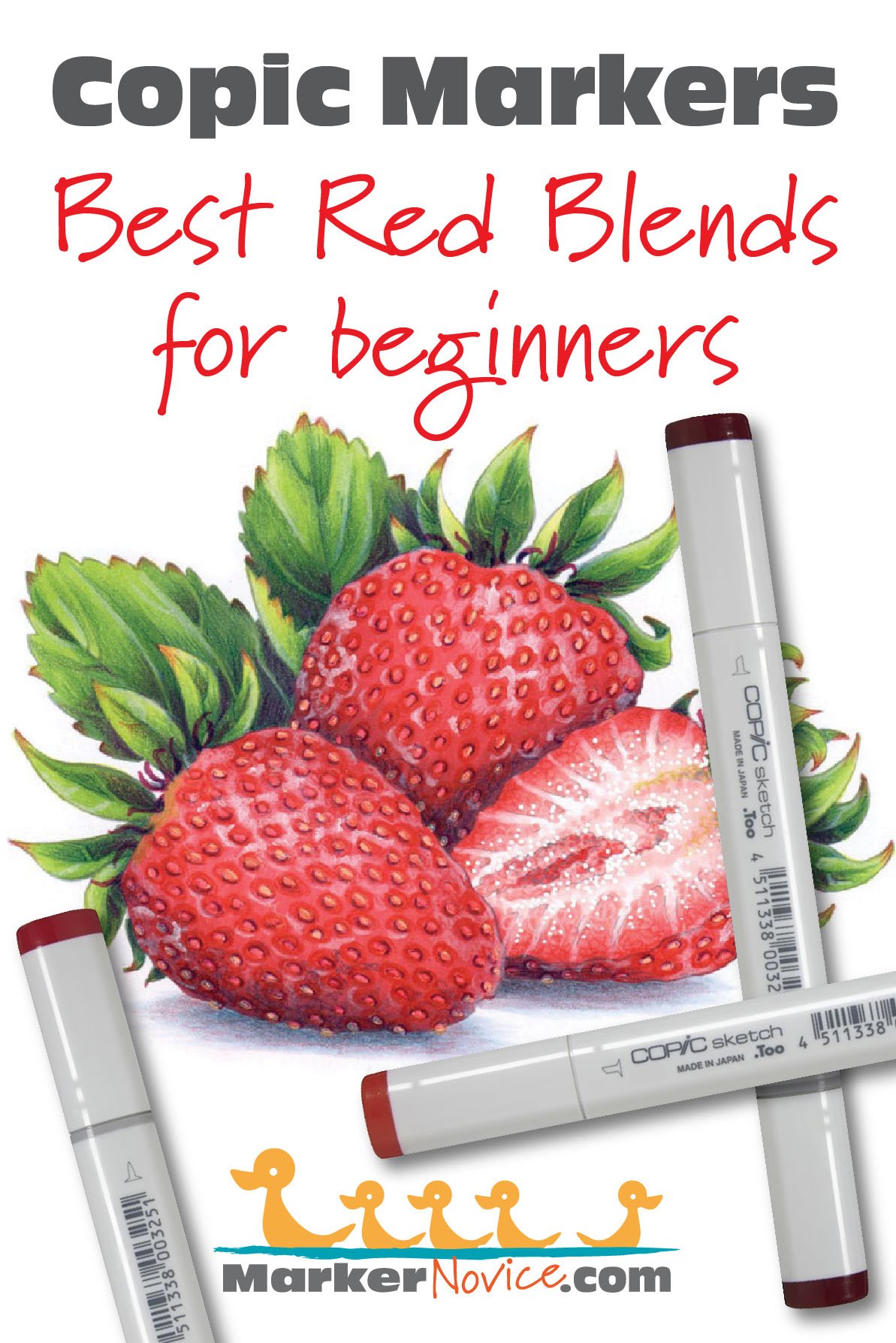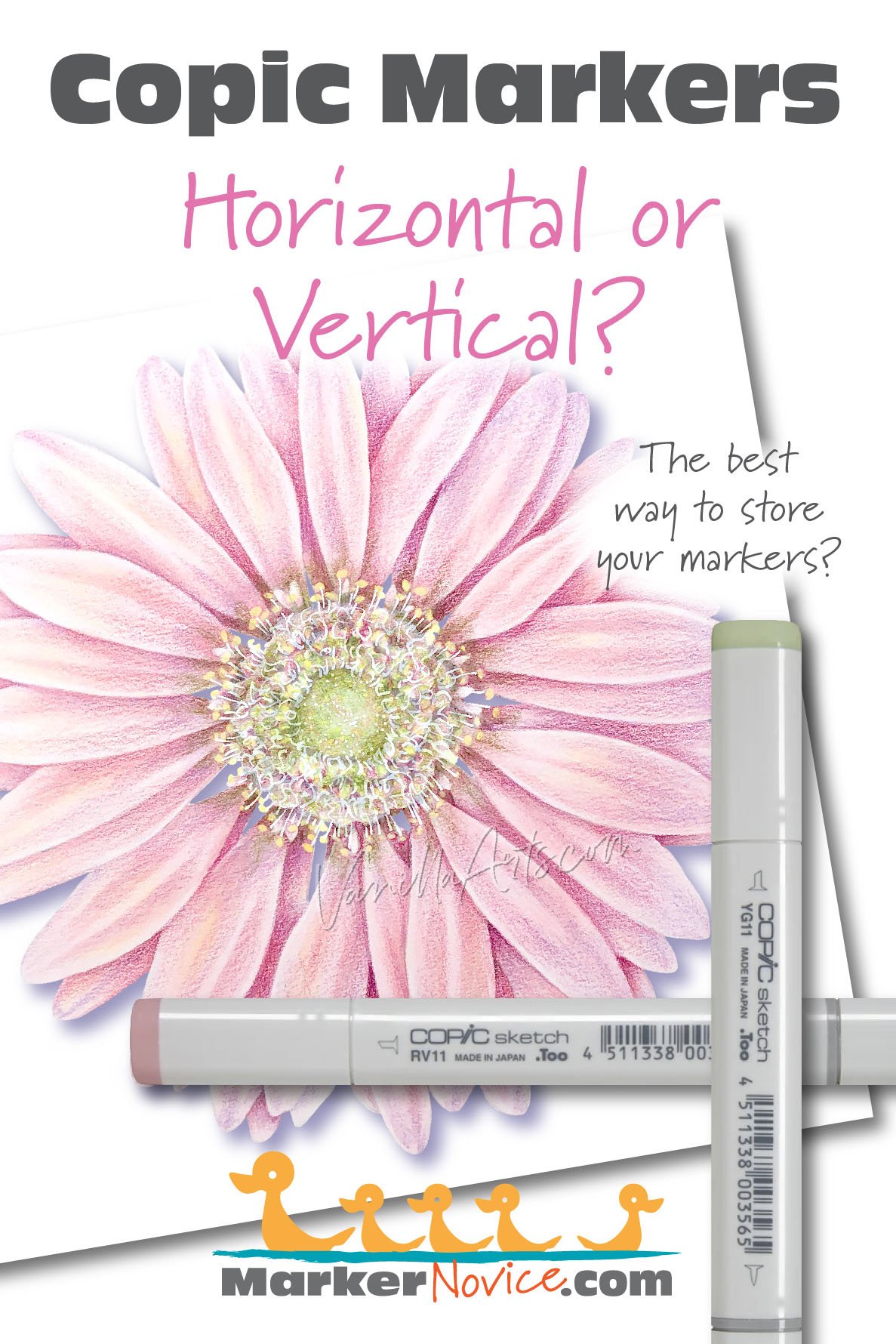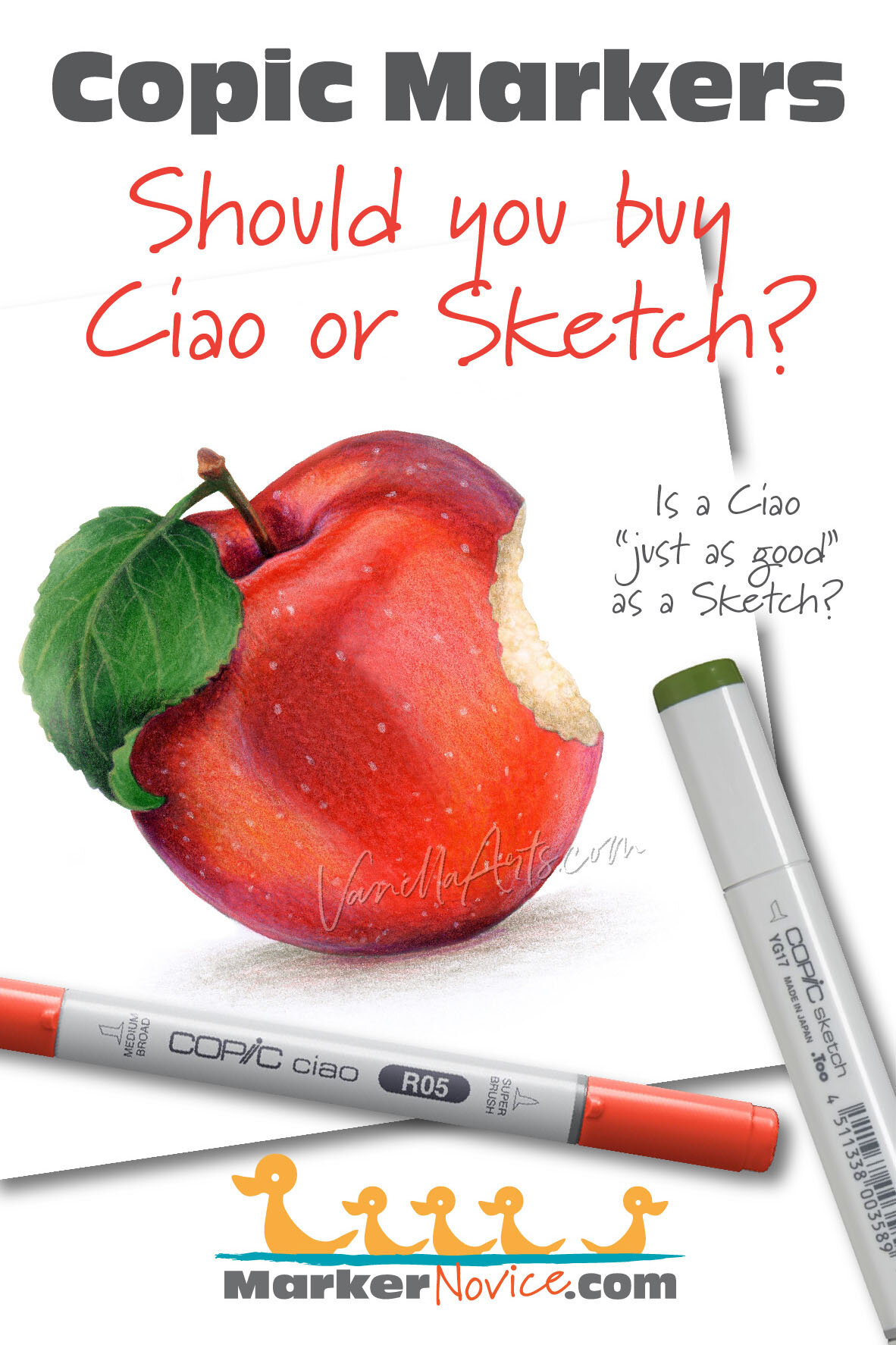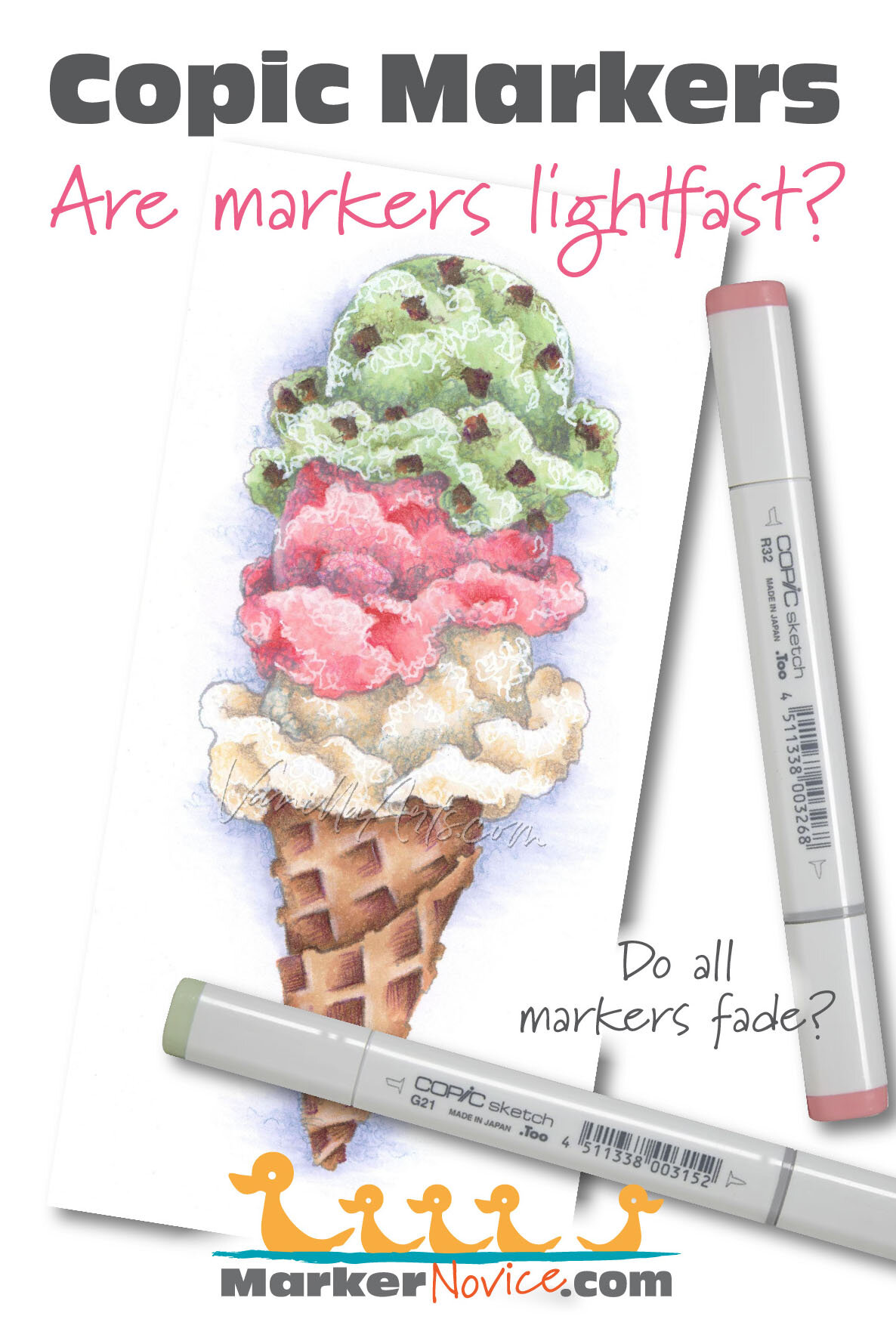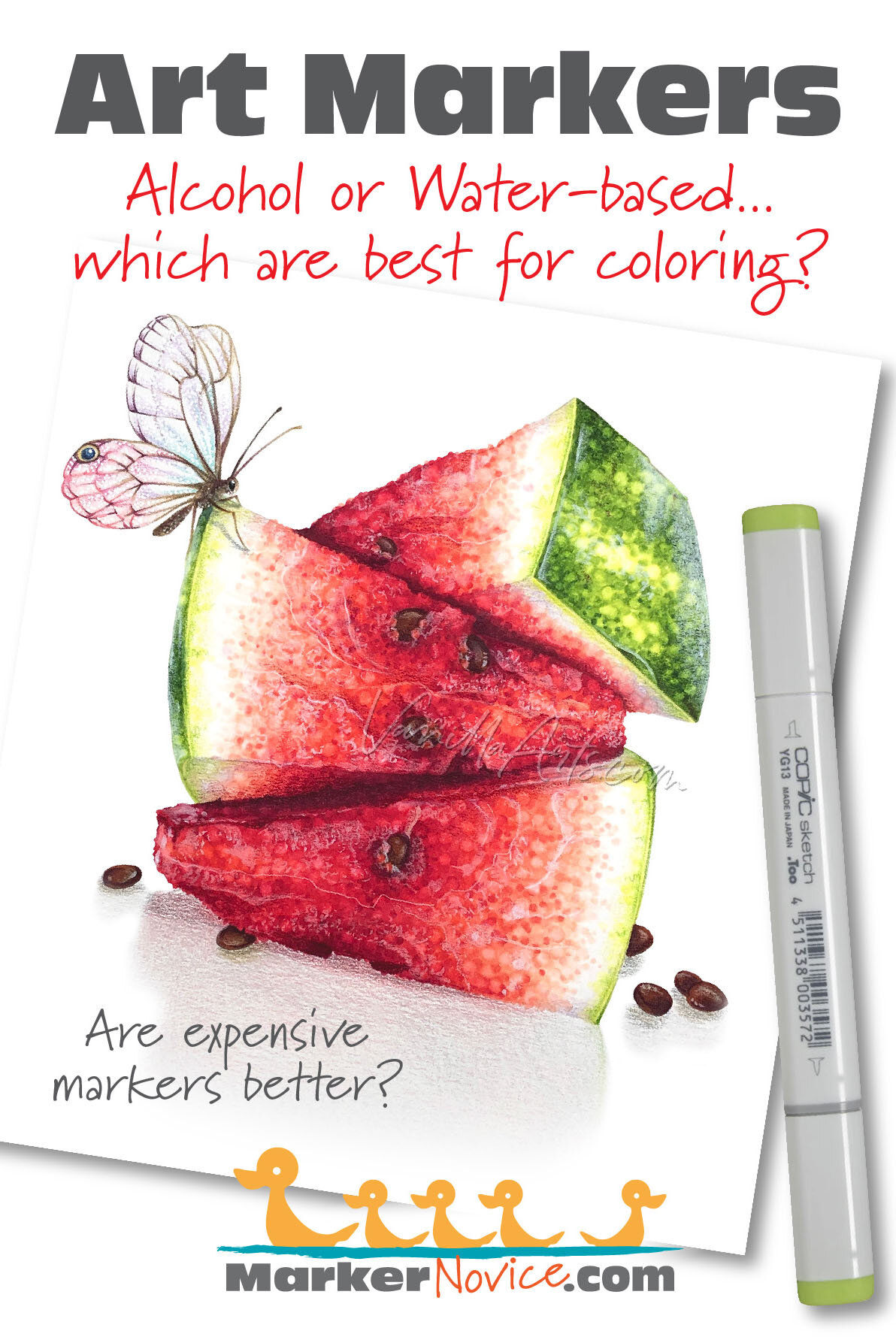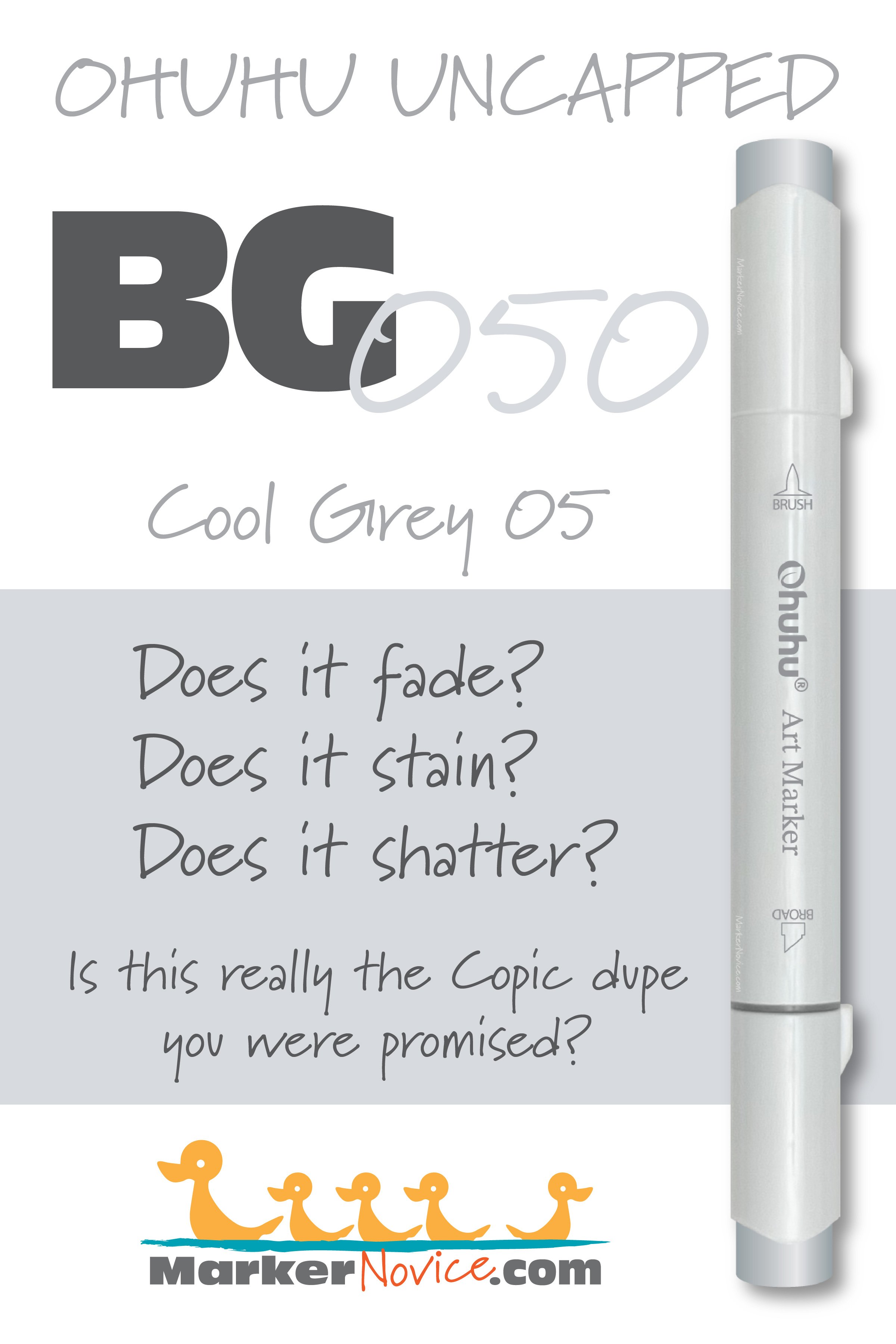You were told “Ohuhu is the Copic slayer! They’re like Copic Markers but better!”
Is it true?
Every Ohuhu Marker has different characteristics based upon its unique ink formula. No matter how great they say the marker is, test results do not lie.
So are Ohuhu markers as great as you’ve heard?
Let’s look at Ohuhu BG050 to find out.
WARNING: Ohuhu markers have numbers on the cap but not on the body of the marker. We do not recommend coloring with both caps off due to the risk of accidentally placing the wrong caps on a marker.
Test results: Ohuhu BG050 Cool Grey 05
IMPORTANT NOTE: To nobody’s suprise, Ohuhu has badly botched their lettering/number system. SEE THE “INK COLOR FAMILY” SECTION BELOW FOR AN IMPORTANT WARNING ABOUT OHUHU BG MARKERS.
REFILL WARNING! At this time, Ohuhu does not sell refills for BG050. To date, you must purchase a new marker when your current BG050 runs dry. See Ohuhu’s current list of refills here.
Temperature: A medium bluish gray
Resemblance: diluted Payne’s Gray watercolor
Actual Value: N3.5
Unlike Copic, Ohuhu does not measure value— this is a glaring deficiency which makes finding blending combinations harder than it has to be!
All Copics are measured on a Neutral Gray value scale. The last number on the Copic cap indicates the value. We’re using the Copic scale to measure Ohuhu until Ohuhu releases a reliable value scale.
Cap Accuracy: The plastic on an Ohuhu Honolulu BG050 marker matches 1 coat of BG050 ink.
I’ve seen numerous Ohuhu review videos where they complain about massive Ohuhu cap color inaccuracies. I’ve also read this mentioned in blogs and websites. To be honest, I’m simply not finding Ohuhu to be any worse than other marker brands. Yes, some caps are wrong but I don’t think cap accuracy is their biggest problem.
Copic Substitution: Ohuhu BG050 is a close match to Copic’s C3 but otherwise, they are a near match in hue and value.
Note: similar colors rarely behave the same way. From experience I can tell you that Copic C3 is an easier marker for layering. See “buildup” and “overinking” results below for why I think C3 is a much better marker for those with a heavy hand or who make many blend corrections. See the test results for Copic C3 here.
Buildup: BG050 reaches a maximum value at 2 coats.
This is especially problematic for those who color with a lot of ink, who have a heavy hand (using a lot of pressure), or those who make many blending corrections. When an ink reaches maximum value, the paper begins to look oily and will eventually turn sticky. Sticky projects actually collect dust! For an ink to reach full value at only two coats is absolutely ridiculous.
If you wonder why this is a problem, consider that most people use THREE marker blending combinations, meanwhile this marker doesn’t want to be touched with more than two layers of any color.
This ink is not appropriate for coloring and especially not for blending. It may have other legimate uses but Ohuhu never should have released such a unsuitable ink for coloring purposes!
Overinking: We do not recommend using more than 2 coats of BG050 and we do not recommend using this in three or four marker blending combinations.
Shattering: This ink did not noticeably shatter in testing but it’s such a light color that perhaps I’ve missed the presence of other colors in the formula. To my eye, this looks like a single color formula.
Chromatography testing shows this ink’s behavior when it comes in contact with #0 Colorless Blender (solvent). High shattering colors may leak unexpected color when you make corrections or attempt to blend with any color that has a high solvent to colorant ratio. Shattering is not bad, it’s just something to be aware of.
Staining: BG050 did not stain the paper.
With alcohol markers, a staining ink is generally a sign of a low quality ink. Staining inks bond to the paper fibers and are reluctant to release. Staining inks make blending harder than it has to be!
Lift: BG050 is an easy lifting color and should be considered “correctable”. No ink is erasable but you should be able to fade most mistakes made with this color.
See staining swatch. Sample was given 6 stripes of #0 Colorless Blender, drying between each stripe. Results indicate how much lifting you can expect.
Lightfast: BG050 faded about 30% during the test period. This is more than the average Copic and at least twice the fade of Copic’s C3 which is a similar color.
Samples were swatched on X-Press It Blending Card. 1 layer of ink was exposed to windowsill sunlight for 21 days. Approximately 10 hours of sun per day based on weather conditions. Note: we do not recommend displaying original marker art under these conditions.
Ink Color Family: Sit down folks, this is gonna be a long one.
Ohuhu doesn’t care about their ink identification system and this means they really do not care about you!
“BG” in Ohuhu markers may mean “Blue-Green”
But BG can also means “Blue-Gray”. Got that? Ohuhu couldn’t be bothered to give their aqua markers a different set of letters than their blue grays. They’re all BG. Thanks, Ohuhu.
From what I can tell, the BG markers with two numbers are blue green. If it has 3 numbers, it’s a cool gray.
But wait, it gets worse! BG050 is named “Cool Grey 05” which should not be confused with Ohuhu CG (Cool Grey) markers or CG II (Cool Grey Series 2) markers.
Hang on again, there’s more bad news. Ohuhu has grays marked MG. I have absolutely NO idea what the M might stand for. And hold on to your socks folks, because MG markers are all named “Blue Gray (something)”
As if this wasn’t all bad enough, none of the BG Gray inks are related to each other. Read on for more on this subject.
Cap Numbering: The BG grays (not to be confused with the BG blue-greens) is a group of 3 markers which have no relation to one another despite being consecutively numbered.
BG050 “Cool Grey 05” is a very bluish medium gray
BG060 “Deep Cool Grey” is darker but more violet-ish and noticeably warmer
BG070 “Cool Grey 07” isn’t much darker than 060. It’s a traditional slate gray, more neutral than 050 or 060.
They do not blend with each other particularly well.
As stated above, the Ohuhu numbering system makes no sense. The markers are not arranged in chromatic order so you can not trust the numbers to tell you whether this marker is lighter or darker than other Ohuhu markers with similar numbers.
Marker Name: Special note… notice above, the three BG grays are not consistently named. Ohuhu doesn’t even care enough to keep the name pattern consistent.
BG050 “Cool Grey 05”
BG060 “Deep Cool Grey”
BG070 “Cool Grey 07”
I’m still early in the Ohuhu testing process. I will add more info to this article as I learn more and when I spot behavioral patterns.
From what I’ve learned so far, I will not be working with Ohuhu markers and I will discourage students from using them in my classes. They’re simply not worth the frustration.
Learn more about BG050 Cool Grey 05, a blue-gray Ohuhu Marker. We swatch and test Ohuhu colors- layering, staining, lift, value, lightfastness, saturation, and cap accuracy. | MarkerNovice.com | How to blend alcohol ink markers.


